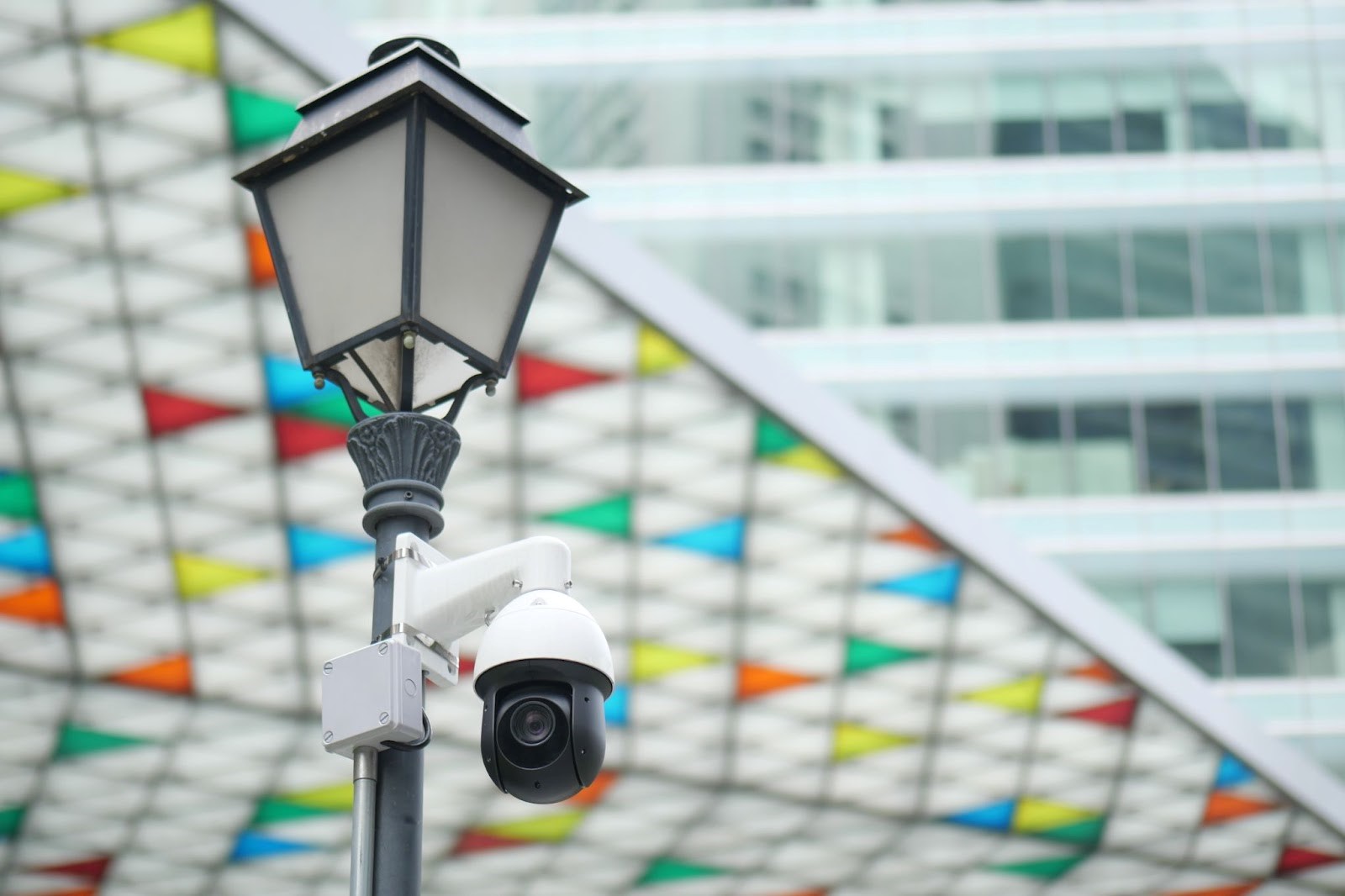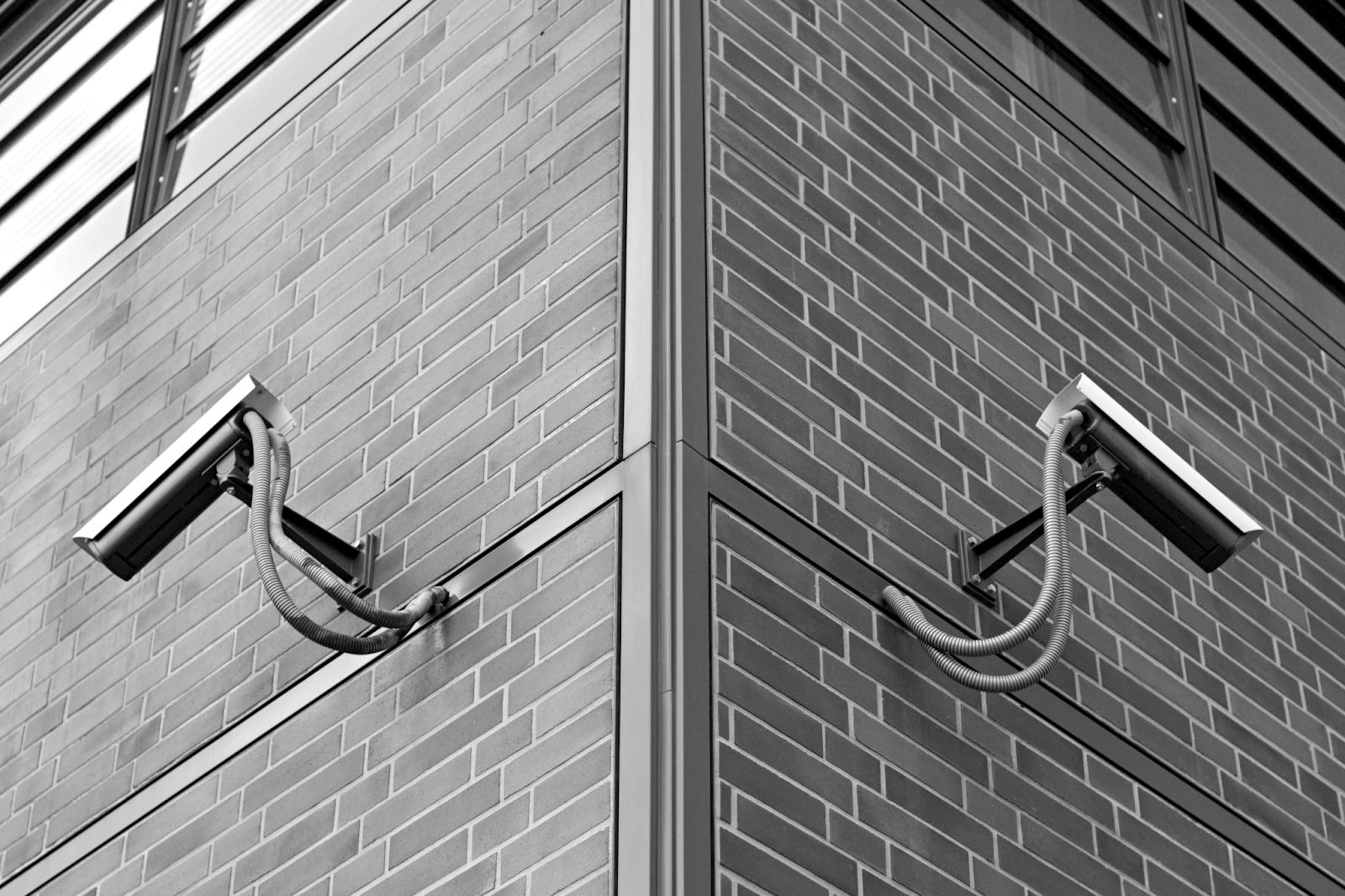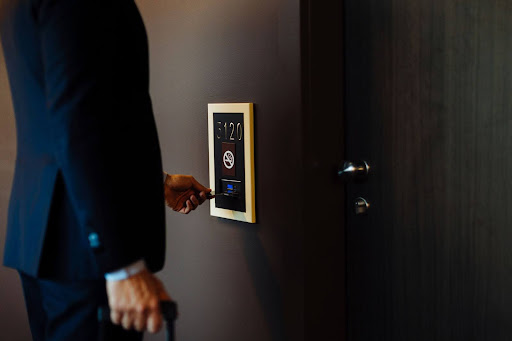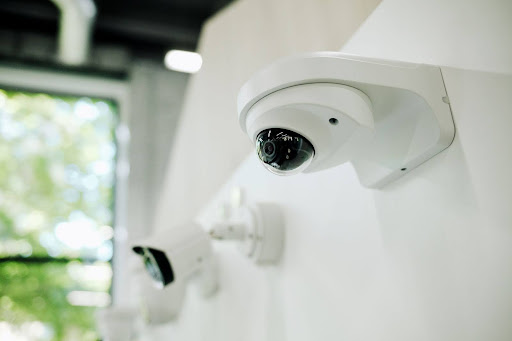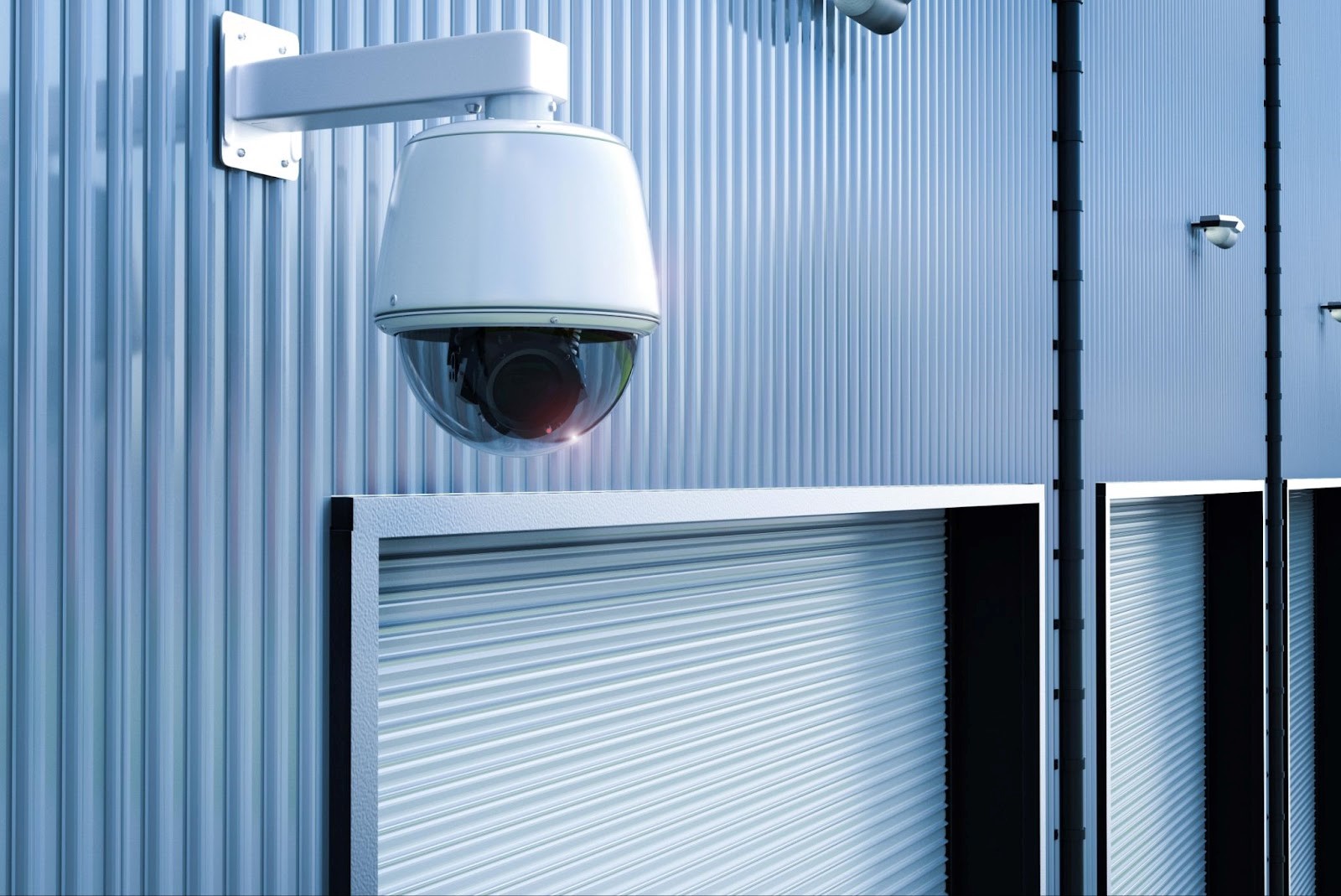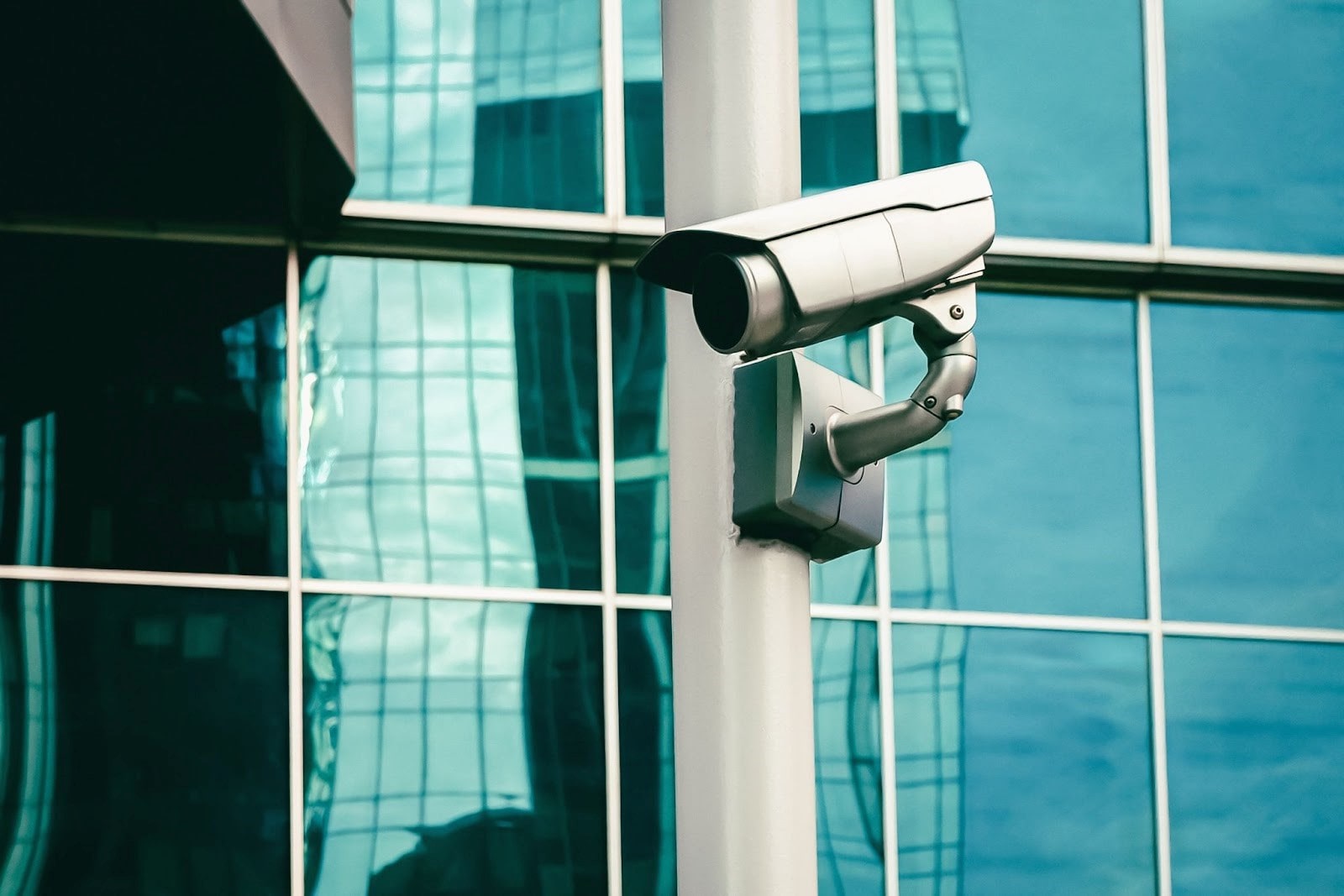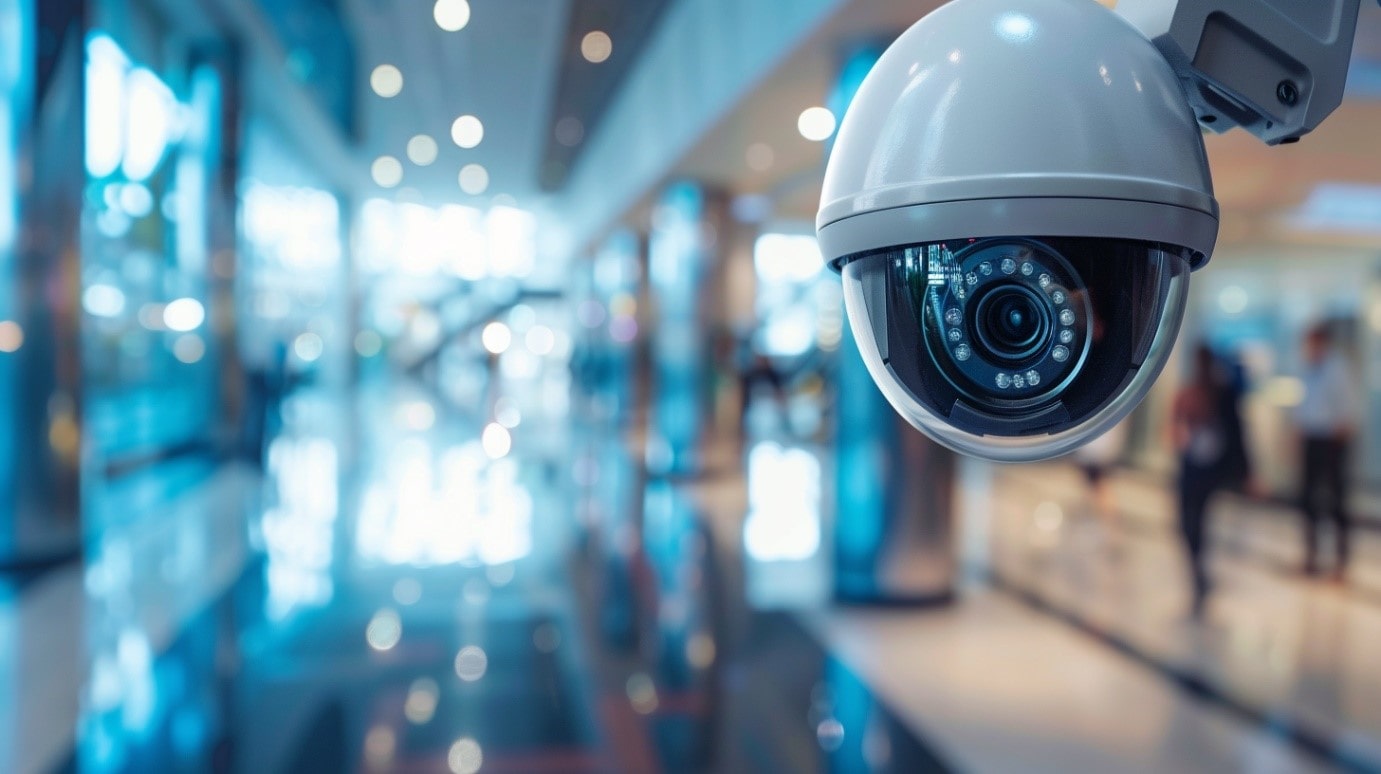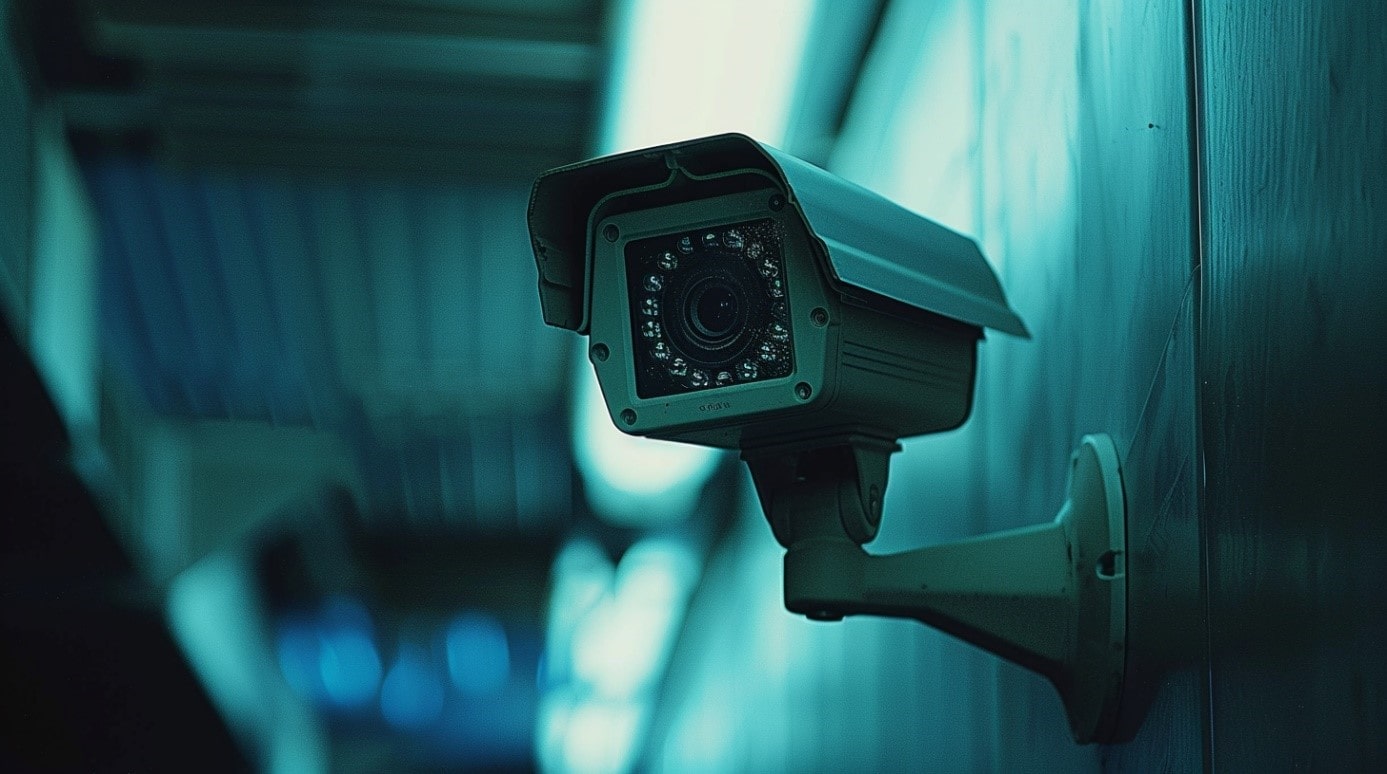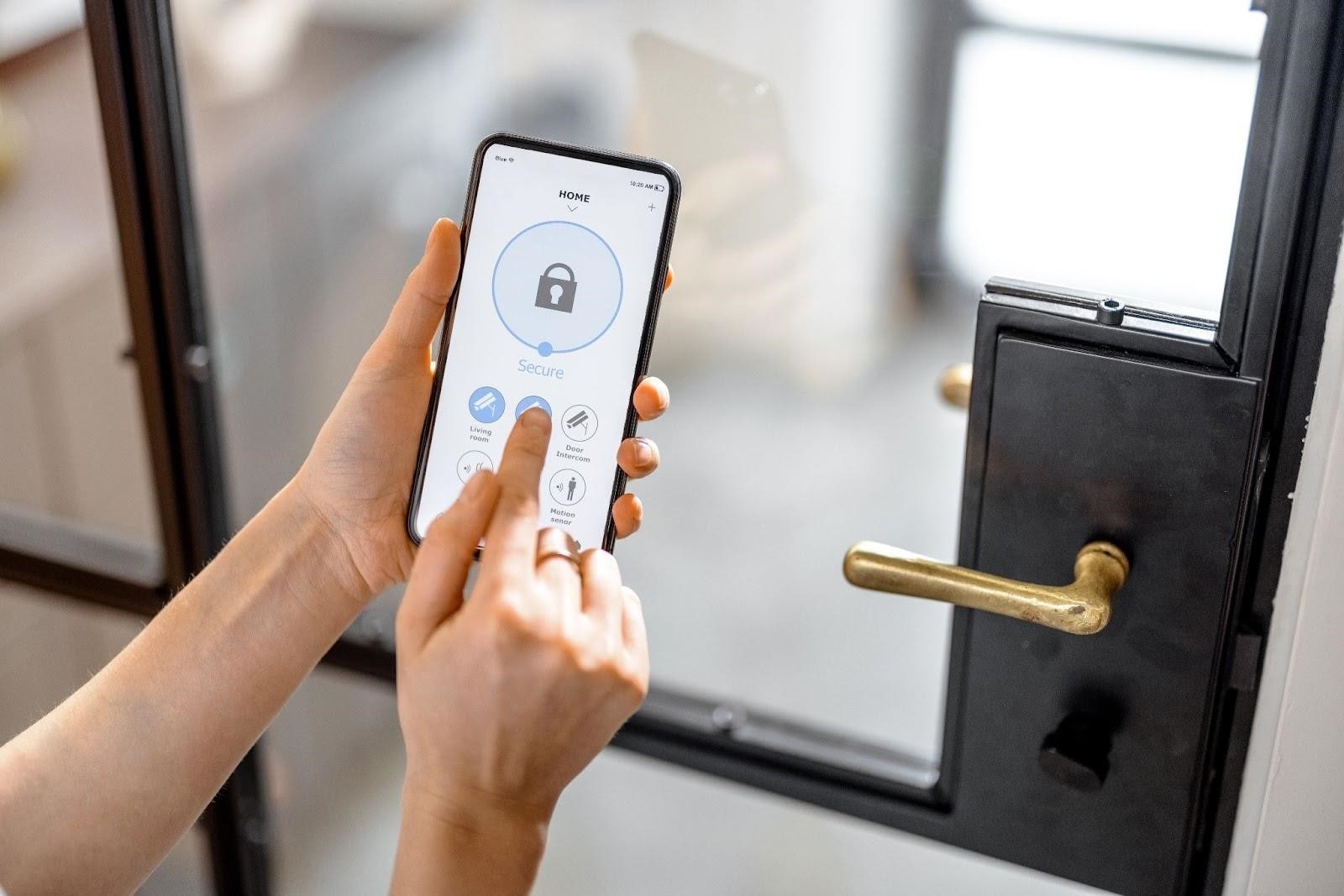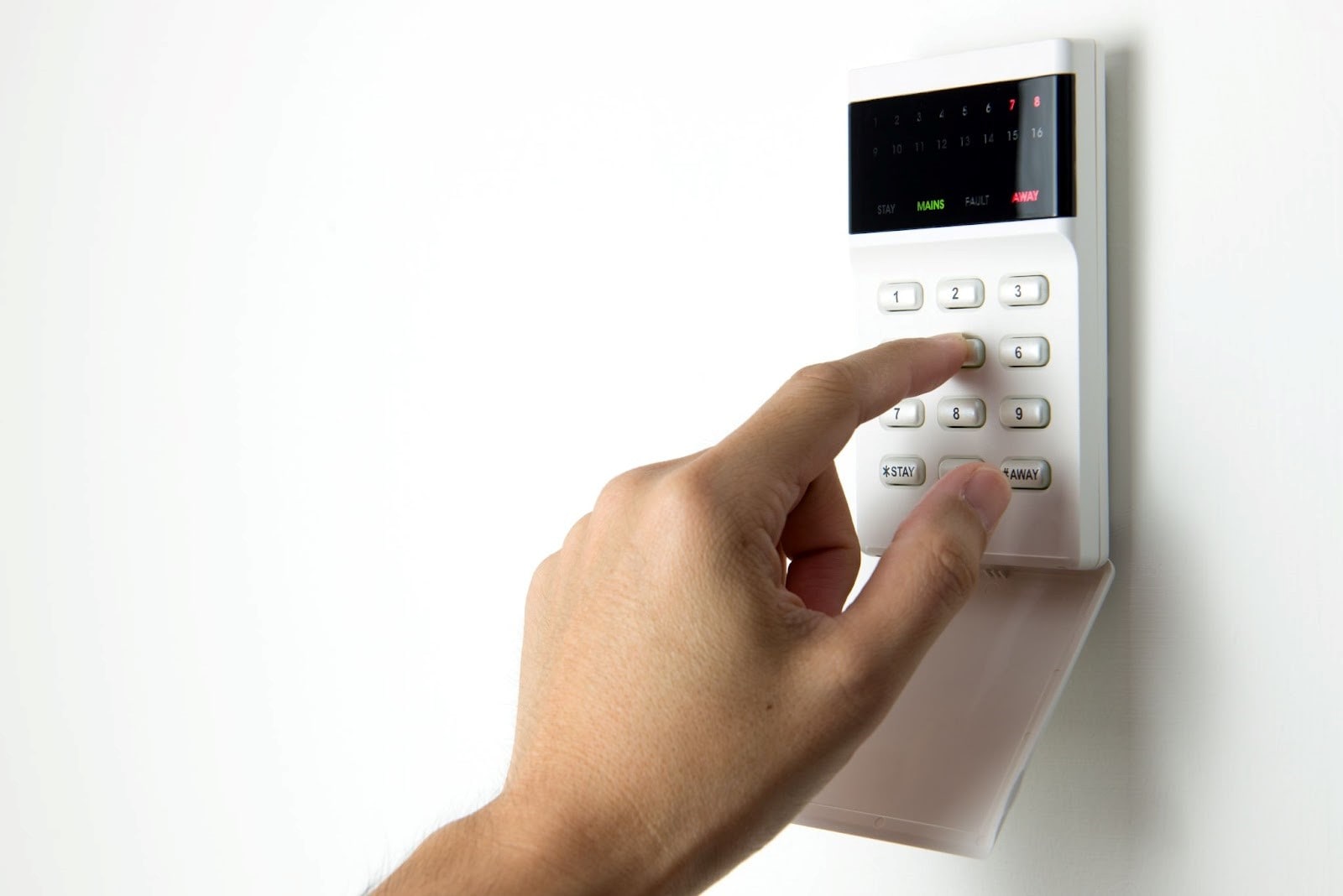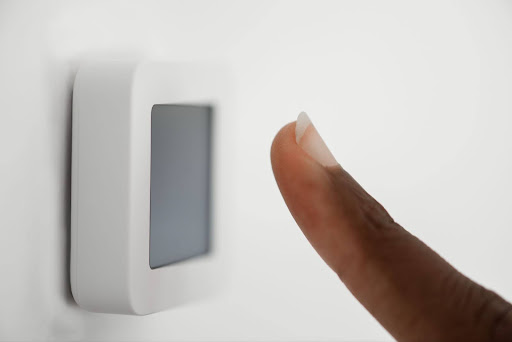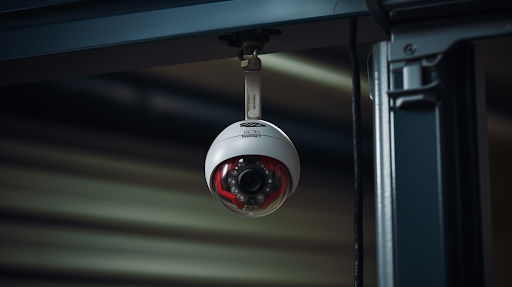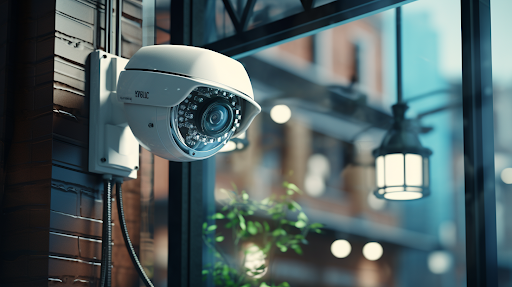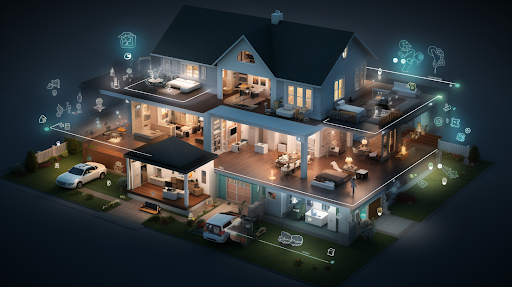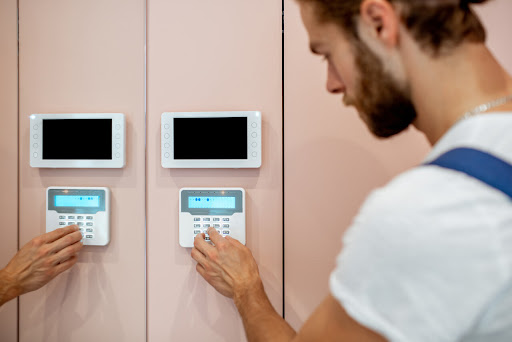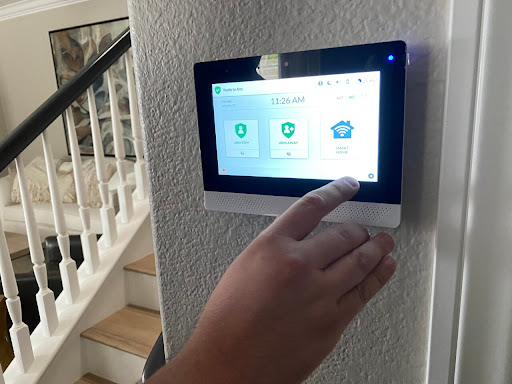
5 Advantages of Biometric Authentication Every Business Owner Should Know
Sommaire
- What is Biometric Authentication?
- How Does Biometric Technology Work?
- What Are the Different Types of Biometric Authentication Technology?
- 5 Reasons Why Biometric Authentication Is a Smart Move for Businesses
- 1. Superior Accuracy and Tamper-Proof Security
- Key Benefits
- 2. Built-In Accountability and Detailed Audit Trails
- Key Benefits
- 3. Streamlined Operations and Time Savings
- Key Benefits
- 4. Simplified User Experience
- Key Benefits
- 5. Scalable and Cost-Efficient for Growing Businesses
- Key Benefits
- How Does Biometric Technology Compare to Traditional Methods of Authentication?
- Identity Accuracy
- Security Level
- Resistance to Fraud
- Scalability and Maintenance
- Regulatory and Industry Fit
- User Experience
- What Types of Businesses Benefit Most from Biometric Authentication?
- Are Biometric Systems Cost-Effective for Small or Growing Businesses?
- Compliance and Privacy Considerations in Canada: How to Properly Implement Biometric Authentication
- Best Practices for Canadian Businesses
- Sting Security: The Ideal Biometric Security Solutions for Businesses in Quebec
- Why Choose Sting Security for Biometric Protection?
- Comprehensive Commercial Security Solutions
Biometric authentication systems are rapidly replacing traditional authentication methods like passwords and access cards. According to recent research, 81% of consumers consider physical biometrics the most secure form of identity verification.
In this blog, we highlight the key advantages of biometric authentication in commercial security systems. From stronger protection against unauthorized access to scalable, cost-efficient deployment, biometric technology delivers a smarter, more secure alternative to traditional credential-based methods.
What is Biometric Authentication?
Biometric authentication is a modern security solution that verifies the identity of individuals based on their unique biological characteristics or behavioral traits. Unlike traditional authentication methods like PINs or smart cards, biometric systems offer a more secure, efficient, and tamper-resistant way to manage access control.
At Sting Security, we offer biometric authentication as part of our advanced commercial access control systems across Quebec. We help business owners integrate:
- Biometric authentication devices for access control
- Centralized management and real-time monitoring
- Seamless integration with video surveillance and alarm systems
- Mobile app control for remote authentication and system oversight
We deliver enhanced security, ensure accountability, and reduce the risk of unauthorized access, all while meeting the needs of Canadian businesses operating under strict privacy regulations.
How Does Biometric Technology Work?
Biometric technology verifies identity by analyzing unique biological or behavioral traits, such as facial features, fingerprints, or voice patterns. These traits are captured using specialized sensors and transformed into secure digital templates.
Once captured, the biometric data is stored securely, either on a local device or in a protected database, and used to authenticate individuals during future access attempts. Advanced error-checking algorithms help minimize false acceptance rates and ensure that only the legitimate user is recognized and granted access.
How Do Commercial Security Systems Work?
What Are the Different Types of Biometric Authentication Technology?
- Fingerprint Recognition: Fingerprint scanners analyze the unique ridges and patterns of an individual’s fingerprint. Thanks to advanced matching algorithms, this method offers strong resistance to spoofing and maintains high accuracy, even in large-scale systems with thousands of users.
- Facial Recognition: Facial recognition systems identify individuals by analyzing distinct facial features, such as the distance between the eyes, nose shape, and jawline. Powered by artificial intelligence, these systems provide real-time identification and are widely used in commercial access control, airport security, and online identity verification.
- Iris and Eye Scanners: Iris scanners authenticate identity by analyzing the intricate patterns within a person’s iris. Renowned for their high precision and low error rates, these systems are commonly used in high-security environments like military bases and nuclear facilities due to their resistance to forgery.
- Voice Recognition: Voice recognition technology verifies identity based on vocal characteristics such as pitch, tone, and cadence. Ideal for remote authentication, like call centers and banking, this method often complements other forms of verification to enhance security.
- Behavioral Biometrics: Behavioral biometrics assess unique user habits, such as typing rhythm, gait, or mouse movement patterns. These traits are difficult to mimic and are particularly effective in continuous authentication systems for fraud detection and user validation.
- Palm and Multiscan Devices: These devices capture vascular patterns or multiple fingerprints simultaneously to improve accuracy and reduce error rates. Common in high-throughput settings, such as voter registration and border control, they offer scalable and reliable identification for large populations.
What Are the Elements of a Good Commercial Security System?
5 Reasons Why Biometric Authentication Is a Smart Move for Businesses
1. Superior Accuracy and Tamper-Proof Security
Traditional passwords can be stolen or shared. Biometric systems, however, convert human characteristics into a digital representation stored in a secure biometric database. This approach enhances identification accuracy, limits unauthorized access, and provides a consistent layer of security even in challenging environmental conditions.
Key Benefits
- Reduced risk of fraud, false acceptance, and takeover attempts
- Improved accuracy with fewer false positives and false negatives
- Stronger biometric data protection aligned with Canadian privacy regulations
- Real-time, tamper-proof recognition of individuals based on biometric traits
Biometric systems offer not just stronger protection, but also a smarter approach to managing identity and accountability in commercial spaces.
2. Built-In Accountability and Detailed Audit Trails
Biometric authentication creates a clear, verifiable trail of every interaction. By linking each access attempt to a specific individual’s biometric traits, businesses gain unmatched visibility into who entered where and when.
Key Benefits
- Access records tied to biometric characteristics ensure accurate identification
- Real-time logs support compliance and internal investigations
- Helps reduce fraud, takeover attempts, and accountability gaps
- Aligns with Canadian privacy rights and audit requirements
In environments where Civil liberties, data protection, and consumer protections are top priorities, audit trails generated by biometric authentication methods offer both operational clarity and legal assurance.
3. Streamlined Operations and Time Savings
Biometric authentication offers faster access, freeing up time and reducing operational friction. By leveraging advanced algorithms and biometric devices connected to a centralized database, authentication happens in real time, reducing wait times, bottlenecks, and employee frustration.
Key Benefits
- Instant access through biometric technology
- Fewer issues with forgotten credentials
- Reduced dependency on help desks or IT support
- Integration with mobile devices and multi-factor authentication for added flexibility
- Optimized access control that supports both security and speed
For businesses managing shift work, high-traffic facilities, or strict schedules, biometric authentication technology ensures that identification is not just accurate, but also efficient and scalable.
4. Simplified User Experience
Biometric authentication significantly improves the user experience by removing the need for complex passwords. The process of authentication becomes intuitive, requiring minimal training and reducing ongoing support needs.
Key Benefits
- Instant access using biometric features
- Little to no user training required for adoption
- Eliminates reliance on memory-based credentials
- Lowers IT burden tied to password resets and access re-issuance
- Maintains security while improving convenience—key for balancing privacy concerns with usability
5. Scalable and Cost-Efficient for Growing Businesses
For businesses looking to expand, biometric solutions offer unmatched scalability and long-term savings. New users can be added directly to a secure central database without additional hardware or physical credentials, reducing administrative overhead and supporting seamless onboarding.
Key Benefits
- Easily enroll new customers or staff using biometric traits
- Avoid repeated costs of issuing or replacing access tokens
- Scalable integration with existing identification systems and authentication services
- Maintains biometric data security and compliance with evolving privacy standards
- Designed to meet the needs of both everyday individuals and premium customer tiers
With fewer moving parts, lower long-term costs, and a smoother identification process, biometric authentication technology provides a sustainable, future-ready option for businesses scaling in a competitive Canadian market.
Take Control of Your Commercial Security
How Does Biometric Technology Compare to Traditional Methods of Authentication?
Identity Accuracy
- Biometric technology relies on unique physical traits like facial features or fingerprints, reducing impersonation risks.
- Traditional methods depend on credentials like passwords, which can be forgotten, guessed, or used by unauthorized individuals.
Security Level
- Biometrics offer higher levels of security by using biological markers that are difficult to replicate. Some systems incorporate statistical algorithms to strengthen authentication decisions.
- Traditional systems are more vulnerable to data theft, especially when relying on reused passwords or outdated systems.
Resistance to Fraud
- Biometrics prevent credential sharing and takeover fraud by requiring the user’s real presence and input at the moment of access, often confirmed through real-time recognition.
- Traditional credentials can be used by anyone with access, making it easier for attackers to bypass security.
Scalability and Maintenance
- Biometric systems can scale easily across users and locations, especially in enterprise settings. Enrollments are tied to individuals, not physical cards or tokens.
- Traditional methods often require constant reissuance of cards or password resets, especially in high-turnover environments.
Regulatory and Industry Fit
- Biometric authentication is particularly well-suited for sectors with strict regulatory and security requirements, such as healthcare, government, and critical infrastructure facilities like airports or data centers.
- Traditional methods may not meet the stringent verification needs of customer-mandatory industries like finance or national security.
User Experience
- Biometrics reduce friction by eliminating the need to remember passwords or carry tokens, improving convenience for both staff and visitors.
- Traditional access systems can interrupt workflows due to forgotten credentials or device dependency.
Types of Surveillance Technology: Guide to Modern Monitoring Methods
What Types of Businesses Benefit Most from Biometric Authentication?
Businesses that require high levels of security, regulatory compliance, or identity accuracy benefit most from implementing biometric authentication.
- Healthcare facilities that manage patient information and need secure access to medical records via health cards
- Government agencies using national identity cards, military cards, or biometric voter verification systems to ensure genuine presence and eliminate fraud
- Industrial sites and critical infrastructure, such as plant access control applications or nuclear facilities, requiring robust physical control and resistance to spoofing
- Financial institutions replacing passwords with fingerprint authentication and facial recognition solutions to prevent unauthorized access and enhance customer verification
- Corporate offices and commercial buildings seeking scalable personal security components
- Education and public sector organizations that manage large user bases and require fast, secure access tracking through effective algorithms and centralized external databases
Whether used to verify physical traits or behavioral patterns, biometric systems offer a dimension in identification far superior to conventional approaches, all at reasonable prices relative to their long-term value.
Smart Surveillance: What is the Best Security Camera System for Businesses?
Are Biometric Systems Cost-Effective for Small or Growing Businesses?
Yes, biometric authentication systems are both scalable and cost-effective for small and growing businesses. They streamline onboarding, reduce administrative overhead, and minimize the need for extensive IT support.
With decreasing hardware costs and cloud-based options, biometrics offer reliable, high-security identification without requiring heavy infrastructure investment, making them an ideal fit for SMBs aiming to enhance security and efficiency.
What Security System Is Right For You?
Compliance and Privacy Considerations in Canada: How to Properly Implement Biometric Authentication
While biometric authentication provides enhanced security and operational efficiency, Canadian businesses must ensure that their use of biometric techniques complies with strict privacy laws and data protection standards. Canadian and international laws (e.g., PIPEDA, GDPR) treat biometric data as highly sensitive.
Best Practices for Canadian Businesses
- Collect only necessary biometric indicators (e.g., fingerprint readers, facial biometrics) and limit use to clearly defined purposes
- Store data securely in encrypted, access-controlled systems, such as decentralized devices or biometric databases
- Maintain transparency with users, disclosing how biometric characteristics are used and retained
- Implement consent flows and features for identity verification that comply with regional privacy laws
- Be prepared for audits and ensure your system allows tracking of recognition decisions and data access rates
5 Key Trends Reshaping Business Security
Sting Security: The Ideal Biometric Security Solutions for Businesses in Quebec
At Sting Security, we offer a comprehensive approach to biometric security, perfectly suited for Canadian businesses seeking accuracy, efficiency, and compliance. Our strategy goes beyond simple access control by interconnecting biometric authentication with video surveillance, intrusion detection, and centralized monitoring.
Why Choose Sting Security for Biometric Protection?
- Integrated access control tied to smart surveillance cameras
- Real-time alerts and 24/7 monitoring to detect suspicious activity and unauthorized access attempts
- Centralized management with audit-ready access logs for transparency and compliance
- Reduced reliance on vulnerable credentials
- Strong digital security features that protect the security of production systems and critical infrastructure
- Scalable deployment, ideal for everything from small commercial offices to larger operations
- Designed to meet privacy compliance requirements while eliminating common entry-point vulnerabilities
Comprehensive Commercial Security Solutions
Sting Security provides tailored commercial security solutions that go far beyond traditional systems. We integrate advanced biometric authentication with high-definition video surveillance, real-time monitoring, and smart access control to deliver complete protection for your business.
Whether you’re looking to secure sensitive areas, ensure employee accountability, or meet strict privacy regulations, we build security ecosystems that are scalable, reliable, and easy to manage. We help businesses across Quebec stay ahead of threats efficiently and confidently!







